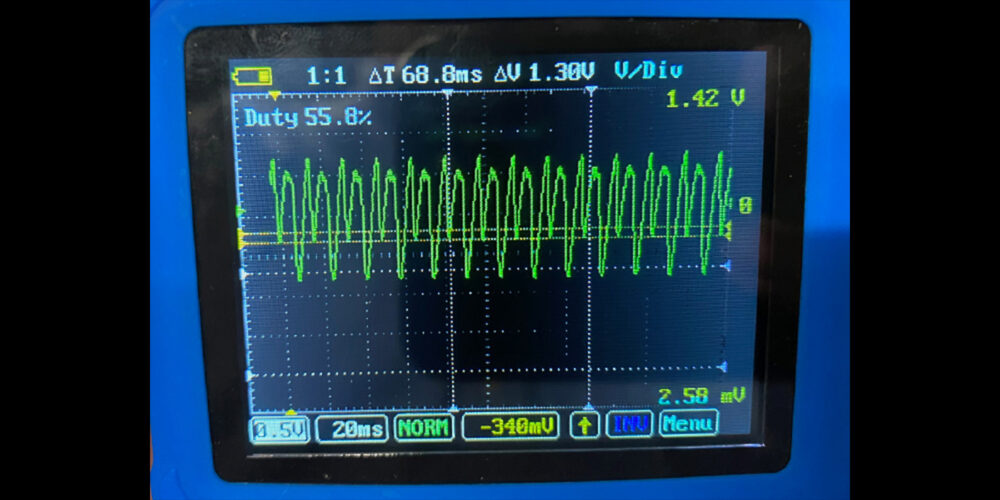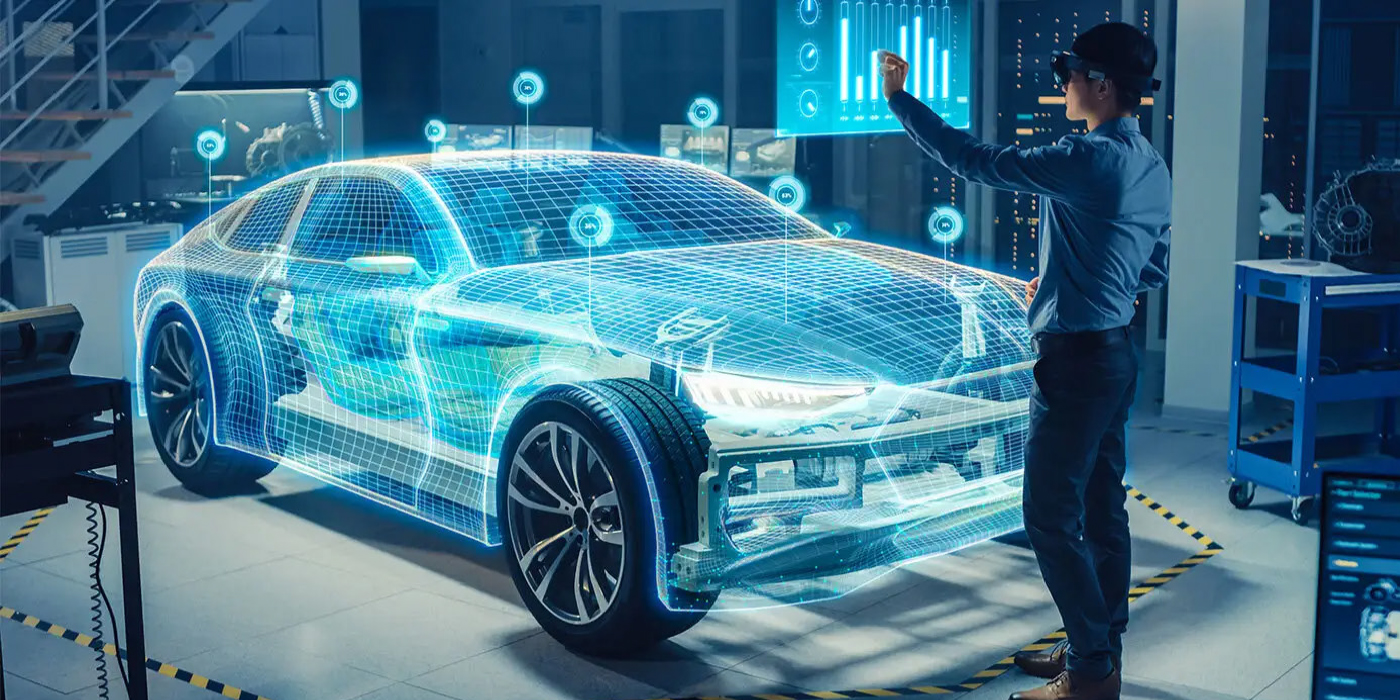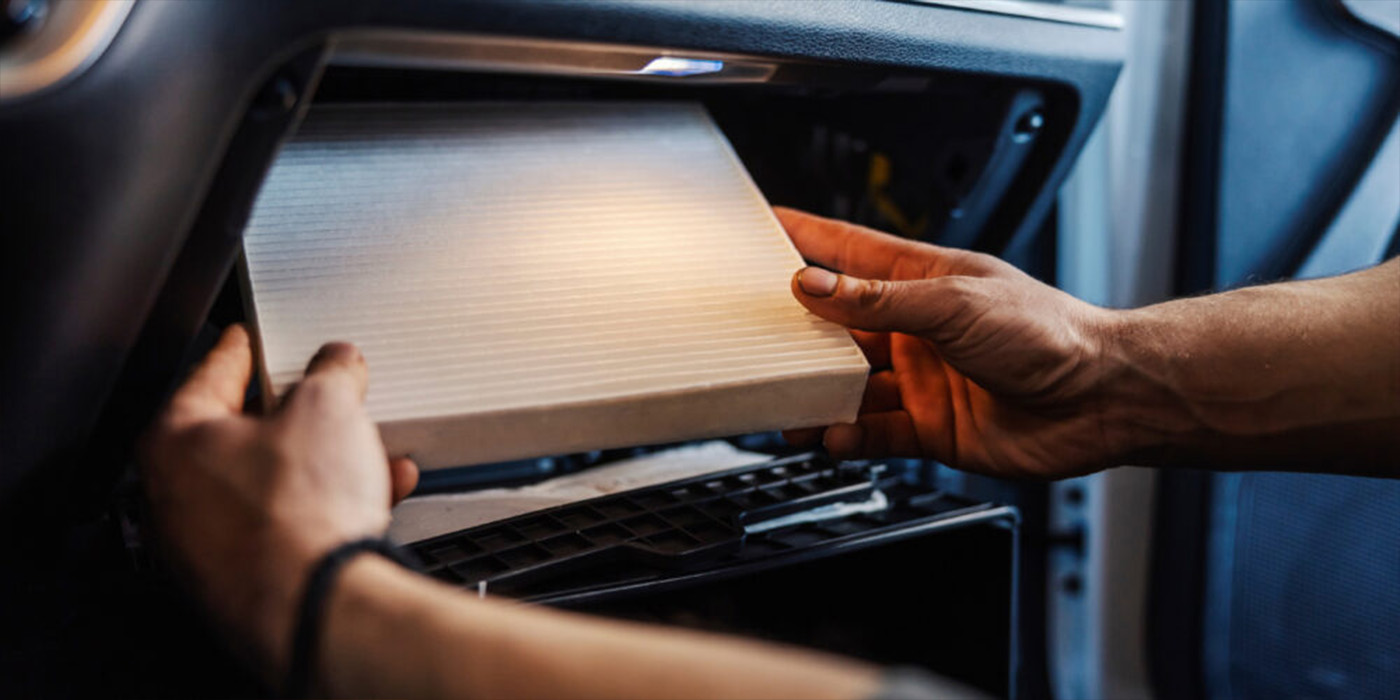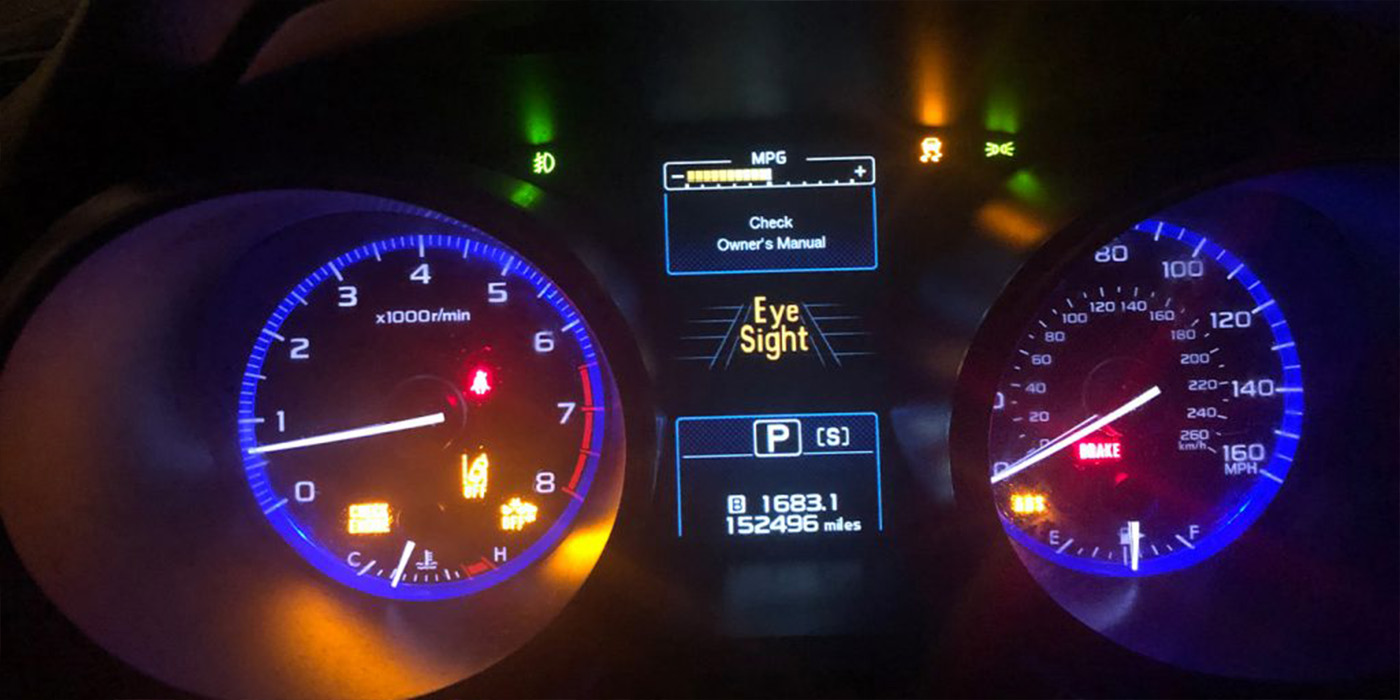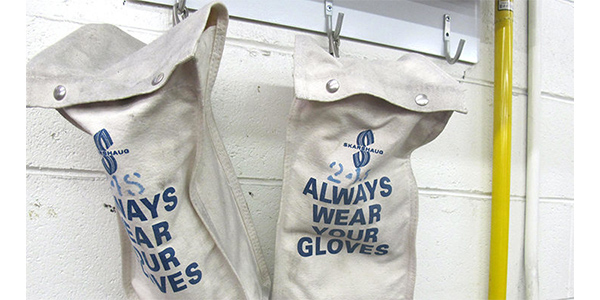
Each year, OSHA compiles a list of its most frequently cited standards following worksite inspections by federal OSHA. What does this mean for you? Take a look at this list, and then take a walk around your shop. If an OSHA inspector comes by, are you ready to pay?
Here are the top violations of 2018:
Fall Protection (29 CFR 1926.501)
This standard relates to the construction industry, but you might want to take a look around the shop and see if there are any areas that need attention. When someone gets on a ladder, are they following safety protocols? Are there any roofing tasks completed by employees, and are there precautions in place to prevent injury? Floor holes and platforms are standard in shops and need to be evaluated for safety. Guard rails, toeboards, signage and other precautionary measures must be in place.
Hazard Communication Standard
(29 CFR 1910.1200)
This standard is applicable to all businesses. Make sure your safety data sheets are up to date and accessible where employees can look at them quickly and easily as they review chemicals they come in contact with. Make sure employees are trained on any new chemicals that enter the workplace or as their jobs change. And if you still have some MSDS in your shop, remember that the standard changed in 2012, so it’s time for some updated sheets!
Scaffolding, General Requirements
(29 CFR 1926.451)
In a shop, you may not use any scaffolding. But if you do, make sure you’re familiar with the OSHA standards that apply to general industry.
Respiratory Protection
(29 CFR 1920.134)
According to OSHA, an estimated 5 million workers are required to wear respirators in 1.3 million workplaces across the country. In a shop, respirators are an important health consideration because they protect workers from harmful dusts, mists, gases, vapors and sprays. The consequences to workers when they aren’t protected by a respirator can include cancer, lung impairment, disease or even death. Make sure you’re providing respirators for employees whose jobs require them, and that fit testing, cleaning procedures and medical evaluations are part of that program.
Control of Hazardous Energy (Lockout/Tagout)
(29 CFR 1910.147)
Workers who service or maintain equipment or machines can be injured or killed if hazardous energy is not controlled properly, and these accidents account for nearly 10 percent of the serious accidents in many industries. Did you know that workers injured on the job from exposure to hazardous energy lose an average of more than 24 days of work to recuperate from injuries such as electrocution, lacerations and amputations? Proper lockout/tagout procedures help protect workers from these hazards and must be followed to the letter.
Ladders (29 CFR 1926.1053)
This construction standard may not relate to your shop, but it might be a good time to inspect the ladders you have around the shop. If you have any that are damaged, take them out of service immediately to prevent accidents. Also, make sure you have the right ladder for the job.
Powered Industrial Trucks (29 CFR 1910.178)
Do you have a forklift or other powered truck sitting around the facility that you use periodically? If so, pay attention to this standard. Anyone who operates a forklift has to be trained, certified and evaluated for competency. Also, remember that it is a violation of federal law for anyone under the age of 18 to operate a forklift.
Fall Protection Training Requirements (29 CFR 1926.503)
Falls are among the most common causes of serious work injuries, and workers can fall into an automotive pit when there aren’t protective measures in place. Workers need to be trained annually about falls and other hazards of the job, and this training must be in a language they can understand.
Machinery and Machine Guarding (29 CFR 1910.212)
OSHA says that any machine part, function or process that may cause injury must be safeguarded. In other words, guards are installed on machines and power tools for a reason, and that is to simply protect you from crushing a finger or losing an arm. Some examples of machine guards are barrier guards, two-hand tripping devices and electronic safety devices. Make sure guards are in place properly before you use a tool, and never disable a tool’s guard for any reason.
Eye and Face Protection
(29 CFR 1926.102)
Eye and face protection must be provided to employees whenever necessary to protect against chemical, environmental, radiological or mechanical irritants and hazards. Some eye and face protection you may encounter in a shop are safety glasses and goggles, face shields and welding masks. If you see a worker in the shop who isn’t wearing eye protection, instruct that worker to put it on immediately. Make sure your eyewash stations are stocked and maintained regularly in case of emergency.
Summary
Regardless of whether you get that OSHA visit, it’s important and potentially life-saving if you stay on top of shop safety. You owe it to your employees, and they should expect it from you!
Article courtesy BodyShop Business.





